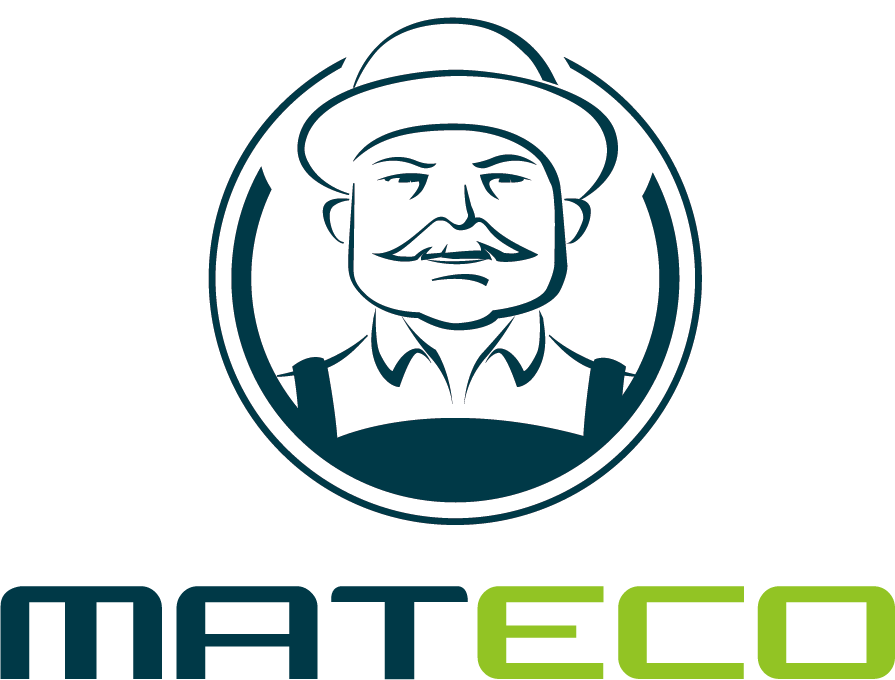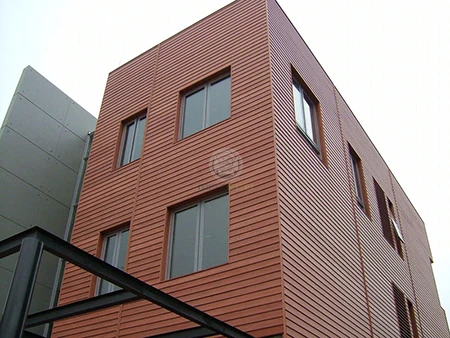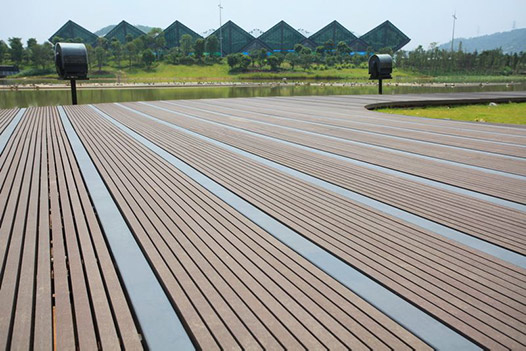Expert Guide: Understanding the Waterproof WPC Cladding in B2B Sales
If you're in the B2B construction or building materials industry, you've likely heard about Wood Plastic Composite (WPC) cladding. It's a game-changer in outdoor and indoor facade treatments. But one critical question often arises: Is WPC cladding really waterproof?
In this expert guide, I'll take you through the nitty-gritty of WPC cladding's waterproof capabilities. We'll explore what WPC cladding is, its inherent features that contribute to its waterproof, and why this matters to you as a wholesaler or distributor. Understanding these aspects is crucial in making informed decisions for your business and providing the best solutions to your clients.
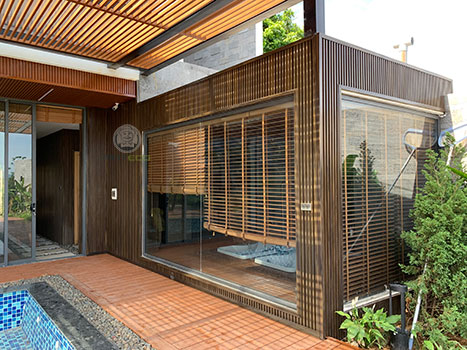
What Is WPC Cladding?
In the ever-evolving world of construction materials, Wood Plastic Composite (WPC) cladding has emerged as a standout choice for modern building facades. At its core, WPC cladding is a unique blend of wood fibers and thermoplastics, ingeniously marrying the classic beauty of wood with the durability and resilience of plastics. This innovative combination results in a versatile material that not only mimics the natural aesthetic of wood but also offers enhanced durability against environmental elements.
The eco-friendly aspect of WPC cladding, often made from recycled materials, further bolsters its appeal in today's sustainability-conscious market. It's not just the aesthetic versatility that makes WPC cladding a popular choice; its ability to withstand various climatic conditions without the typical drawbacks of traditional wood, like rotting or warping, makes it an ideal solution for both indoor and outdoor applications.
Key Features of WPC Cladding
Durability and Longevity:
One of the most significant advantages of WPC cladding is its exceptional durability. Unlike traditional wood, WPC cladding is highly resistant to decay, rot, and damage from insects such as termites. This resilience stems from its unique composition, which combines the robustness of plastic with the strength of wood fibers. This hybrid material is designed to withstand harsh weather conditions, including extreme temperatures, without warping or fading. The long-lasting nature of WPC cladding makes it an ideal choice for building exteriors, promising a prolonged lifespan with minimal upkeep.
Wood-like:
WPC cladding is renowned for its aesthetic versatility. It offers the classic, warm look of wood without the maintenance challenges. Available in a wide range of colors and textures, WPC cladding can mimic various wood grains and finishes, making it adaptable to different architectural styles. This versatility allows architects and designers to achieve the desired look, whether it’s a modern, rustic, or traditional facade. The color of WPC cladding is also more consistent and retains its vibrancy over time, unlike natural wood, which can fade and require regular staining or painting.
Resistance to Moisture and Weather Elements:
A pivotal characteristic of WPC cladding is its resistance to moisture, a feature that will be explored in greater detail later in this guide. Unlike traditional wood, which can absorb moisture and deteriorate over time, WPC cladding maintains its integrity even in damp conditions. This makes it an excellent choice for regions with high humidity or frequent rain. Additionally, it's resistant to other weather elements like sun exposure and wind, further enhancing its suitability for exterior applications.

Waterproof of WPC Cladding: An In-depth Analysis
Understanding the Composition:
At the heart of WPC cladding's waterproof is its unique composition. WPC, or Wood Plastic Composite, is a hybrid material made by blending natural wood fibers with plastic polymers. This combination creates a cladding material that possesses the aesthetic qualities of wood while inheriting the moisture-resistant properties of plastics. The wood component in WPC provides the natural look and feel, whereas the plastic component acts as a protective barrier against moisture. This barrier prevents water absorption, a common issue in pure wood materials, thus reducing the risk of rot, mold, and mildew, which are often the results of prolonged exposure to moisture.
Manufacturing Process and Waterproof:
The manufacturing process of WPC cladding also plays a vital role in its water resistance. During production, the wood fibers and plastic polymers are carefully combined and heated, forming a tightly bonded composite. This process ensures that there are no gaps or spaces within the material where moisture can seep in. Unlike traditional wood, which can expand and contract when exposed to moisture, WPC cladding maintains its structural integrity, remaining dimensionally stable even in wet conditions. This stability is crucial for exterior applications where the cladding is exposed to rain and varying humidity levels.
Long-Term Performance in Wet Conditions:
WPC cladding's resistance to water is not just about repelling immediate moisture contact. Over the long term, this feature translates to a significantly lower likelihood of damage that can be caused by water, such as warping, swelling, or fungal growth. These issues are commonplace in traditional wood cladding and can lead to costly repairs and maintenance. With WPC cladding, however, these concerns are markedly reduced, making it a more reliable and cost-effective solution for building exteriors, especially in climates prone to rain and high humidity.
Implications for Durability and Maintenance:
The waterproof nature of WPC cladding directly impacts its overall durability and maintenance requirements. By effectively resisting moisture penetration, WPC cladding avoids the common pitfalls that affect the longevity of wood cladding. This means that structures using WPC cladding require less frequent repairs and maintenance related to water damage. For businesses and contractors, this translates into lower long-term costs and less downtime for maintenance, making WPC cladding a financially sound choice over its lifespan.
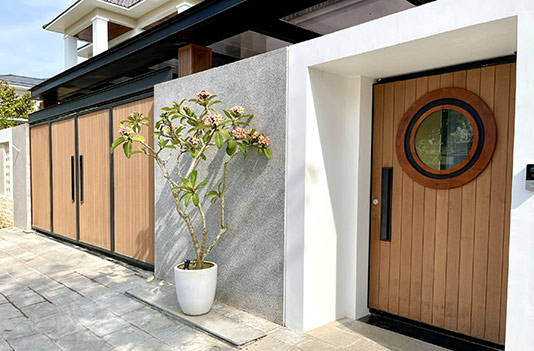
Benefits of waterproof WPC Cladding for Businesses
Enhanced Longevity and Reduced Maintenance Costs:
The waterproof nature of WPC cladding is a significant boon for businesses, particularly in the construction and architecture sectors. One of the foremost benefits is the enhanced longevity of the material. Unlike traditional wood cladding, which is prone to water damage, WPC cladding withstands moisture, reducing the risk of decay, mold, and warping. This durability means that buildings and structures maintain their aesthetic appeal and structural integrity over a longer period, reducing the need for frequent repairs and replacements. Consequently, businesses can anticipate lower maintenance costs and a better return on investment in the long run.
Marketability and Client Satisfaction:
Waterproof WPC cladding also scores high in terms of marketability. Its resistance to moisture-related damage, combined with its aesthetic versatility, makes it an attractive option for a wide range of projects, from residential to commercial. For B2B businesses, offering a product that is both practical and visually appealing can significantly enhance client satisfaction. This satisfaction can lead to repeat business, referrals, and a strong market reputation as a provider of high-quality, durable building materials.
Adaptability Across Diverse Climates:
Another key benefit of waterproof WPC cladding is its adaptability across various climatic conditions. Whether it’s a region with heavy rainfall, high humidity, or fluctuating weather patterns, WPC cladding remains stable and maintains its appearance. This universal applicability makes it an ideal product for businesses operating in diverse geographical locations, providing a one-size-fits-all solution for exterior cladding needs.
If you are looking for a WPC manufacturer, MATECO WPC will be your best choice.
Website: https://www.matecowpc.com
WhatsApp: +86-13380085620
Email: info@matecowpc.com
